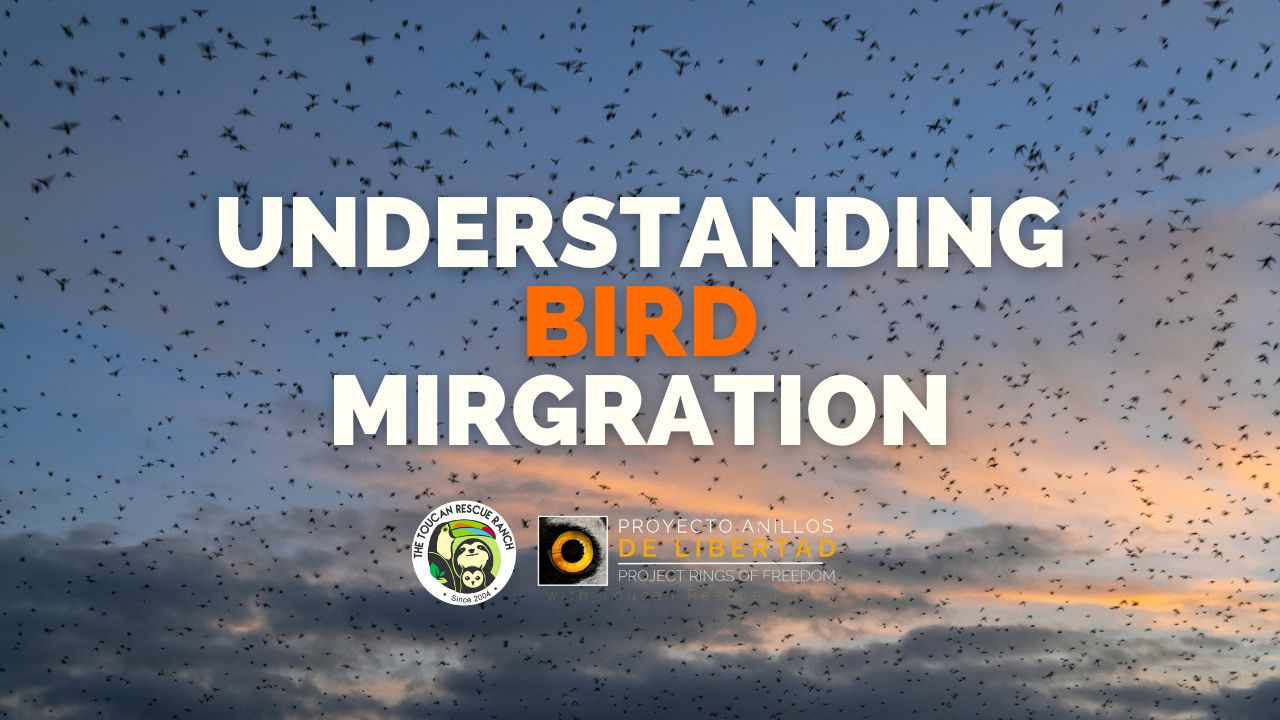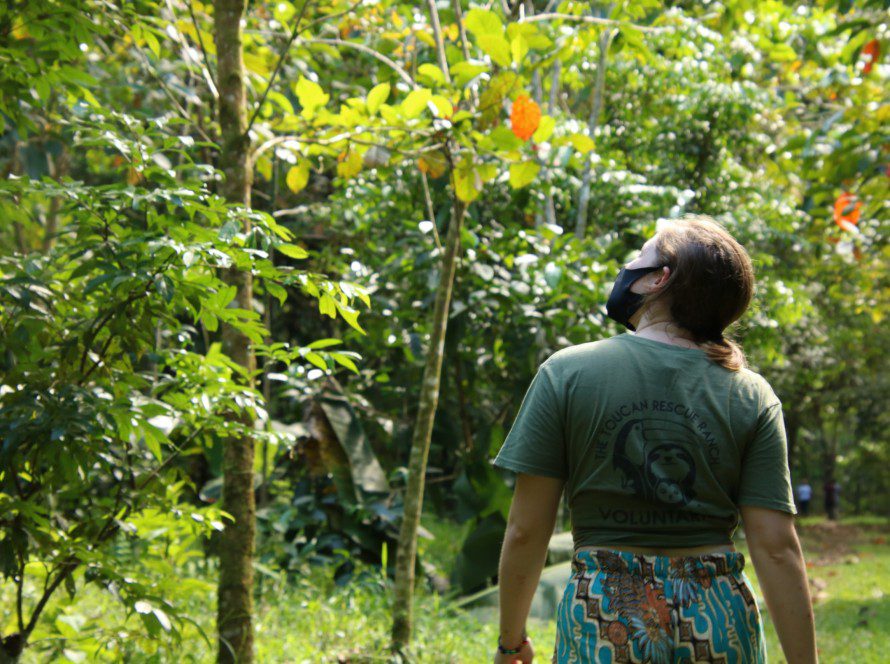The passing of spring marks the passing of billions of migratory birds across continents. We acknowledge this mass exodus on the second Saturday in May and the second Saturday in October as World Migratory Bird Day, which aligns with the seasonal phenomenon. These days, we are dedicated to raising awareness of migratory birds and inspiring international collaboration to conserve them.
In the vast tapestry of nature’s wonders, few spectacles rival the inspiring journey of bird migration. Across continents, through diverse landscapes, and over great distances, birds embark on epic odysseys as humans are in awe of how millions of birds flow like rivers to their destination. But beyond their majestic beauty, bird migration is vital in maintaining ecological balance and biodiversity. Sadly, over the last decades, populations of migrating birds have diminished due to the impact of human activities, and birds now face more challenges and perils than ever. Let’s explore the intricacies of bird migration, its significance, the obstacles these avian travelers encounter along their journeys, and how Toucan Rescue Ranch has helped these birds.
The Wonders of Bird Migration
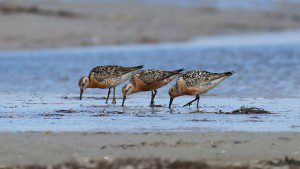 Each year, billions of birds undertake incredible journeys across the globe, driven by instinctual cues, environmental factors, and anatomical adaptations. From the Arctic tundra to the African savannas, from the forests of North America to the shores of South America, birds traverse vast distances, navigating with astonishing precision. Whether the delicate songbirds or the powerful raptors, each species has its own migratory route, timing, and destination. One of the most impressive migratory species in Costa Rica is the red knot (Calidris canutus). Though some stay on the Pacific Coast of our country as winter residents, others travel up to 15,000 kilometers from the shores of southern Chile and Argentina to the Canadian Arctic Archipelago.
Each year, billions of birds undertake incredible journeys across the globe, driven by instinctual cues, environmental factors, and anatomical adaptations. From the Arctic tundra to the African savannas, from the forests of North America to the shores of South America, birds traverse vast distances, navigating with astonishing precision. Whether the delicate songbirds or the powerful raptors, each species has its own migratory route, timing, and destination. One of the most impressive migratory species in Costa Rica is the red knot (Calidris canutus). Though some stay on the Pacific Coast of our country as winter residents, others travel up to 15,000 kilometers from the shores of southern Chile and Argentina to the Canadian Arctic Archipelago.
There are numerous reasons why birds migrate. Some birds migrate to find abundant food sources, escaping harsh winters in search of milder climates. Others journey to breeding grounds where conditions are optimal for raising young. For many species, migration is essential for survival, ensuring access to resources and suitable habitats throughout the year.
Bird migration also provides important ecological functions. As birds travel, they disperse seeds, pollinate flowers, and control insect populations, contributing to the health and diversity of ecosystems. Their movements connect distant habitats, facilitating gene flow and maintaining biodiversity. In essence, bird migration is a cornerstone of ecological balance, shaping landscapes and influencing the distribution of life on Earth.
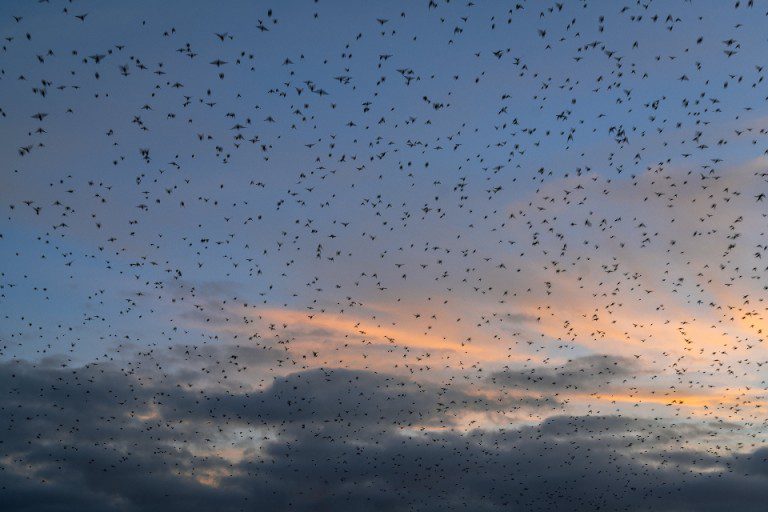
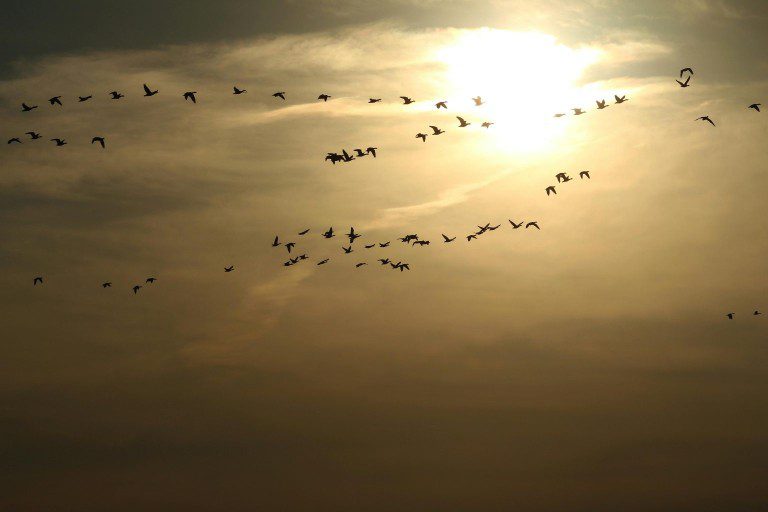
Challenges Along the Way
Despite the remarkable feats of endurance and navigation skills displayed by migratory birds, their journeys are fraught with challenges. Habitat loss, climate change, and human activities threaten migratory bird populations.
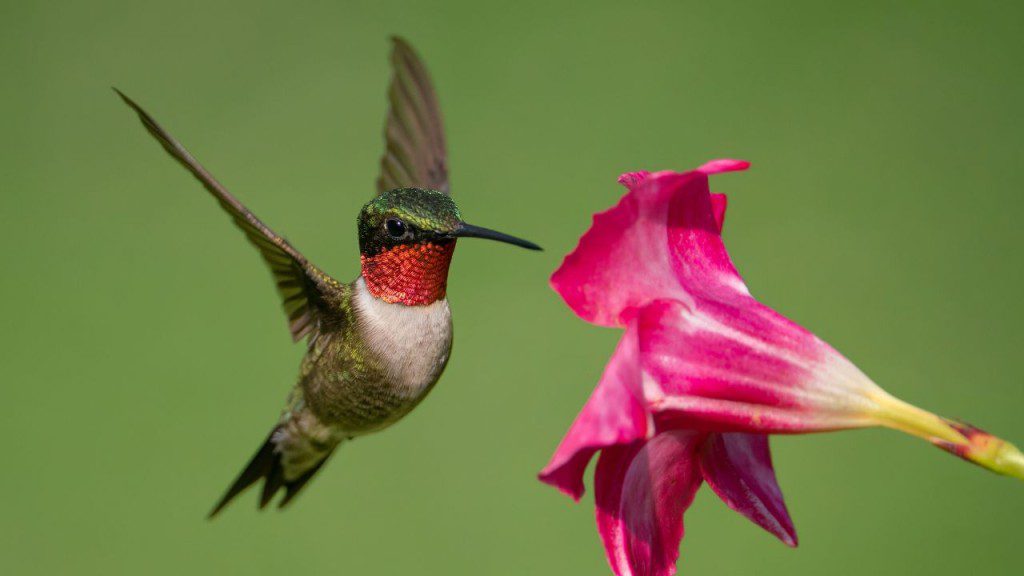 Loss of habitat due to urbanization, agriculture expansion, and deforestation reduces the available stopover sites where birds can rest and “refuel” during their journeys. Wetlands, forests, and coastal areas—critical habitats for many migratory species—are increasingly fragmented or destroyed, hindering birds’ ability to find suitable resting and feeding grounds. Having enough suitable habitats to refuel during migration is particularly important for some of the tiniest migratory birds in Costa Rica: ruby-throated hummingbirds (Archilochus colubris) have been received at Toucan Rescue Ranch for numerous reasons, including window strikes and cat attacks. Hummingbirds must constantly eat to sustain their impressive flight system, where they rotate their wings in an 8 shape around 80 times per second! Therefore, it is critical for this 3-gram bird to readily find enough flowers to survive its impressive journey, which for some individuals is from Canada to Costa Rica.
Loss of habitat due to urbanization, agriculture expansion, and deforestation reduces the available stopover sites where birds can rest and “refuel” during their journeys. Wetlands, forests, and coastal areas—critical habitats for many migratory species—are increasingly fragmented or destroyed, hindering birds’ ability to find suitable resting and feeding grounds. Having enough suitable habitats to refuel during migration is particularly important for some of the tiniest migratory birds in Costa Rica: ruby-throated hummingbirds (Archilochus colubris) have been received at Toucan Rescue Ranch for numerous reasons, including window strikes and cat attacks. Hummingbirds must constantly eat to sustain their impressive flight system, where they rotate their wings in an 8 shape around 80 times per second! Therefore, it is critical for this 3-gram bird to readily find enough flowers to survive its impressive journey, which for some individuals is from Canada to Costa Rica.
Climate change further complicates matters, altering weather patterns and disrupting the delicate balance of ecosystems that are key to migratory birds’ survival. Shifts in temperature and precipitation can affect the timing of migration, mismatching arrival with optimal conditions for nesting or feeding. Rising temperatures also impact the availability of food sources, leading to mismatches in food availability and peak energy demands during migration. The water cycle is particularly affected by the changes in weather patterns, putting wetlands, lagoons, and rivers–and their rich biodiversity–at risk. We received a call for one migratory raptor species that depends the most on healthy wetlands: the osprey (Pandion haliaetus). Unfortunately, due to habitat fragmentation, this bird was struck by a vehicle traveling along a road close to a water body and never made it into our care.
Pollutants–including pesticides, plastics, and chemical contaminants–pose direct threats to migratory birds. Plastic pollution in oceans and waterways can entangle birds or be ingested, causing injury or death. Pesticides and other toxins accumulate in birds’ bodies, affecting their health and reproductive success. The yellow-billed cuckoo (Coccyzus americanus) is a species of passage migrant in Costa Rica, meaning it passes through the country on its migratory route, but does not overwinter there. A cuckoo of this species came to Toucan Rescue Ranch in 2023 with no visible injuries but was unable to fly or even perch. Despite our best efforts, the bird died hours after coming to our clinic. Even though some migratory birds simply die from the exhaustion of the migration, migratory birds that pass through croplands may die inexplicably after being intoxicated by pesticides.
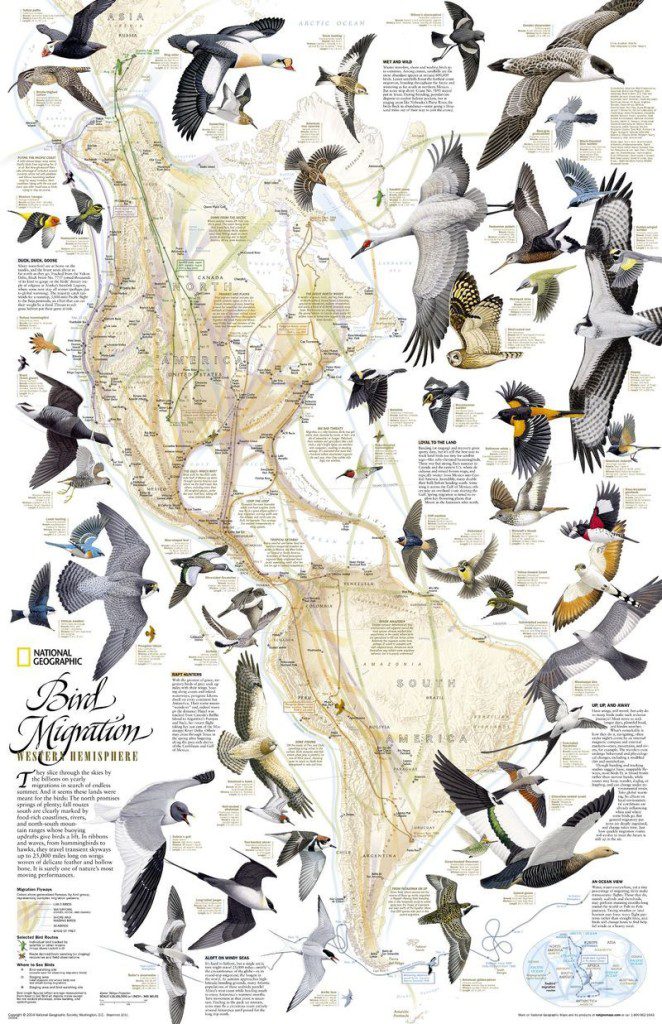 Perhaps the largest threat to migratory species is human development. Our infrastructure has turned migratory routes into deadly obstacle courses. Collisions with buildings, communication towers, power lines, and windows greatly impact migratory bird populations. Light and noise pollution can disorient birds, leading them off course or causing them to collide with these structures. These anthropogenic threats compound the challenges already faced by migratory birds, placing additional stressors on their populations. Many migratory songbird and raptor species come to our clinic after colliding with these structures. We recently received a red-eyed vireo (Vireo olivaceus) and a Missippippi kite (Ictinia mississippiensis) in our clinic after they collided with windows and suffered multiple fractures during their migratory journey. If their injuries were able to heal, the recovery process would have grounded them for months, a fate that surely would have added to their stress and killed them had we not humanely euthanized them first.
Perhaps the largest threat to migratory species is human development. Our infrastructure has turned migratory routes into deadly obstacle courses. Collisions with buildings, communication towers, power lines, and windows greatly impact migratory bird populations. Light and noise pollution can disorient birds, leading them off course or causing them to collide with these structures. These anthropogenic threats compound the challenges already faced by migratory birds, placing additional stressors on their populations. Many migratory songbird and raptor species come to our clinic after colliding with these structures. We recently received a red-eyed vireo (Vireo olivaceus) and a Missippippi kite (Ictinia mississippiensis) in our clinic after they collided with windows and suffered multiple fractures during their migratory journey. If their injuries were able to heal, the recovery process would have grounded them for months, a fate that surely would have added to their stress and killed them had we not humanely euthanized them first.
Another threat to migratory birds also comes from human development. Unsupervised cats and dogs, both strays and beloved pets, attack and often kill wildlife. According to a statistic by the American Bird Conservancy, domestic cats kill approximately 2.4 billion birds every year in the United States alone–and that number is much, much higher on a global scale. It is always sad to see an injured animal come to Toucan Rescue Ranch after being attacked by a cat, but when it is a rare migratory species like a yellow-breasted chat (Icteria virens), it is particularly heartbreaking. This bird was received in 2023 after being attacked by an outdoor cat and brought to our clinic by the guilty pet owners. Often, injuries sustained from domestic animal attacks are so severe that the victims don’t survive, as was the case for our yellow-breasted chat.
Be it for their beautiful colors or their exceptional singing skills. The illegal pet trade contributes to many migratory species being trapped in cages to be kept as pets. In Latin America, the painted bunting (Passerina ciris) and the summer tanager (Piranga rubra) are trapped as cagebirds for their breathtaking plumage. Rose-breasted grosbeaks (Pheucticus ludovicianus) can be bought and sold for high prices in Costa Rica, not only because of the male’s attractive colors but because of his beautiful song. In most cases, the small cages where they are kept cause great stress to the captive birds. If stress alone is not fatal, an inappropriate diet often seals their fate. Captivity is particularly stressful for migratory birds, as internal rhythms make them restless and urge them to fly when the time to migrate comes. This migratory restlessness is known as “Zugunruhe.” Migratory birds experiencing this have been known to hit themselves against the bars of their enclosures until they die.
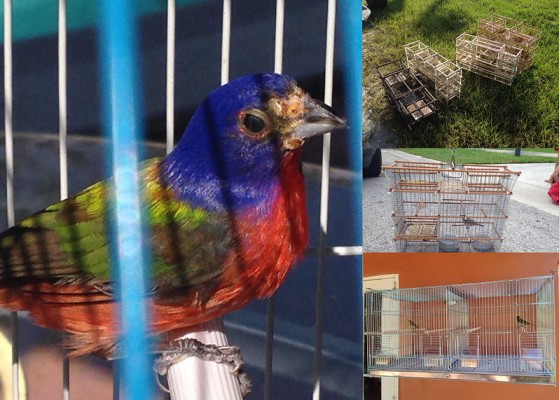
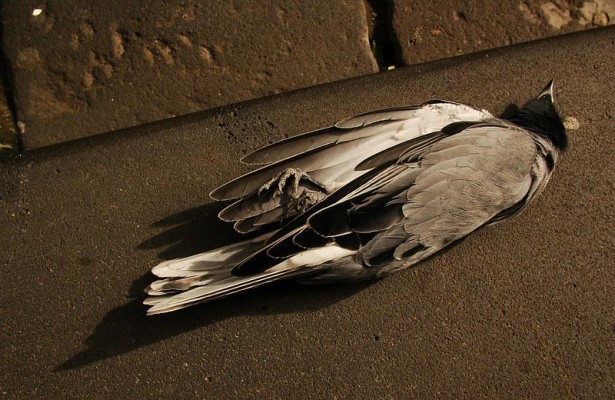
Preserving the Miracle of Migration for the Next Generation
The phenomenon of bird migration is a testament to the resilience and adaptability of nature’s creatures. From the Arctic tern’s annual journey spanning tens of thousands of kilometers to the delicate hummingbird’s migration across continents, each migration is a remarkable feat of survival.
Yet, as we marvel at the wonders of bird migration, we must also acknowledge the threats facing migratory bird populations. Conservation efforts, habitat restoration, and international cooperation are crucial for safeguarding migratory routes and protecting the habitats upon which these birds depend.
By understanding the significance of bird migration and addressing their challenges, we can ensure that future generations will continue to be enchanted by the sight of birds in flight, traversing landscapes, and connecting distant corners of the Earth. Let us cherish and protect these avian travelers, for their journeys enrich our world in profound ways.
Help us start a bird banding program
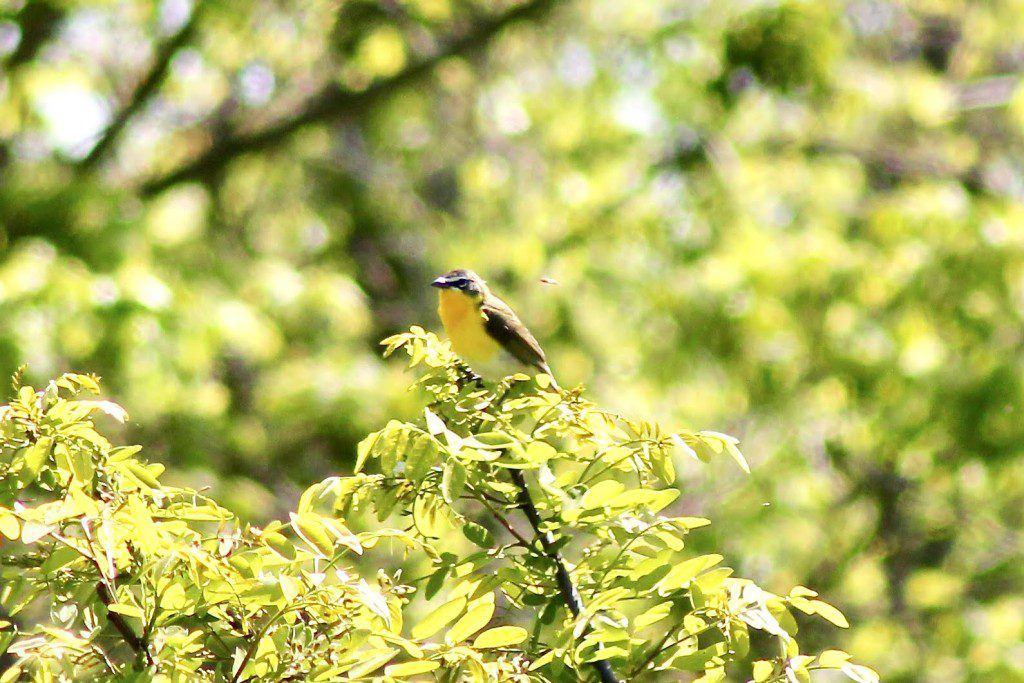

About the Writer:
Stephanie Valle Cubero is the Environmental Education Coordinator and a guide at Toucan Rescue Ranch. She studied Tropical Biology at the National University (UNA) of Costa Rica and she is getting a LIC. degree on Natural Resource Management at the Universidad Estatal a Distancia (UNED). She is currently doing her thesis on Environmental Education, and she hopes to have a long-lasting impact on the local communities’ view and relationship with wildlife.


